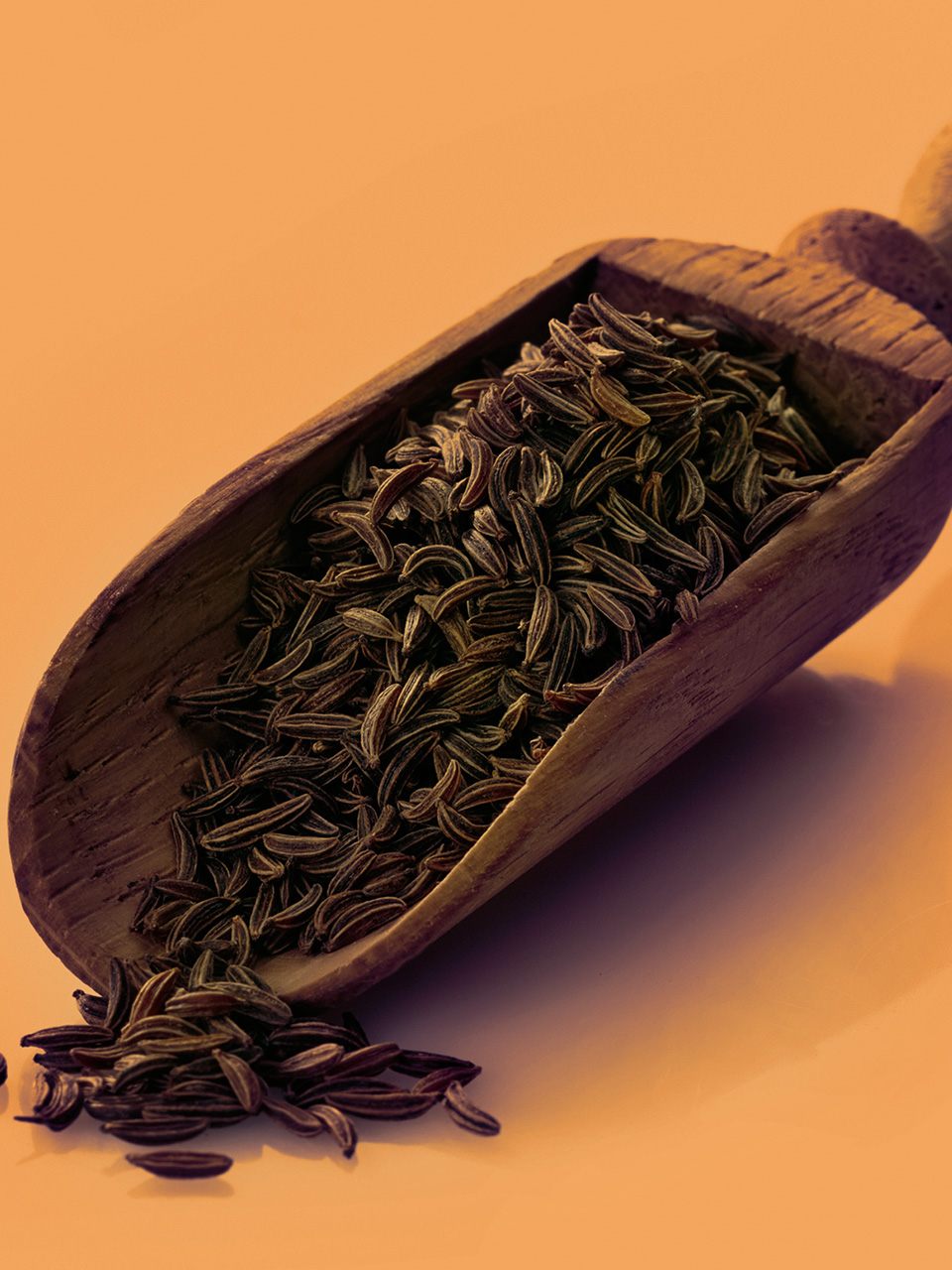
Tap to Read ➤
Piles Treatment at Home
Chandramita Bora


Though piles is not a life-threatening medical condition, it can cause a lot of pain and inconvenience. People suffering from chronic constipation usually develop piles or hemorrhoids. Find out more about the causes, symptoms, and the treatment of hemorrhoids by going through this story.

The term 'piles' is generally used to refer to the venous swelling near the rectum or anus. There are basically two types of piles or hemorrhoids - internal and external hemorrhoids. When veins inside the rectal canal become inflamed and enlarged, they are known as internal hemorrhoids, while those occurring around the anus are called external hemorrhoids.

Internal hemorrhoids can bleed easily, but the external ones usually do not bleed unless the veins burst due to increased pressure or friction. Sometimes, the internal hemorrhoids can bulge out of the rectal canal, which is referred to as prolapsed internal hemorrhoids.

Causes and Symptoms of Piles
Any condition that puts strain or pressure on the rectal wall can cause the development of hemorrhoids. People suffering from chronic and prolonged constipation usually encounter this problem. Even diarrhea, anal or rectal infections, anal intercourse, coughing, portal hypertension, and liver problems like cirrhosis can put excessive pressure on the wall of the rectum, and cause the development of hemorrhoids.

Women are more likely to suffer from this condition during pregnancy, due to hypertension and increased strain and pressure exerted during bowel movements. Apart from these, obesity or excess body weight can put more pressure on the veins of the rectum, and cause the development of piles.

Other possible causes of hemorrhoids are, lack of physical activity, sitting or standing for a long time at a stretch, and strenuous activities. The usual symptoms of piles are, pain and itching in the rectum, rectal bleeding, and incomplete bowel movements.

Getting Rid of Piles
Hemorrhoids can be treated by some simple home remedies, as well as dietary and lifestyle modifications. Among dietary changes, increasing the amount of fiber and fluid can provide considerable relief. One simple home remedy for hemorrhoids is radish.

Radish juice can be taken twice daily, once in the morning and then again at night. It can be mixed with milk to make a paste, which can be applied topically on the hemorrhoids.

One of the most effective home remedies for this condition is banana, which is a natural laxative. It helps soften the stool and makes its passage easier and painless. If taken early in the morning, it can ensure proper bowel movements. Otherwise, you can boil a ripe banana and take it along with a cup of milk.

Like banana, fig can be a natural cure for hemorrhoids. You can soak three to four figs in water for the whole night, and take them in the morning along with some water. Similarly, soak some figs in the morning and take them in the evening.

Ginger is an easily available product that can be used for the treatment of this condition. Just mix a small amount (½ teaspoon) of ginger juice with equal amounts (1 teaspoon) of lime and mint juice. Then add a little bit of honey and drink the mixture. It would relieve the discomfort associated with hemorrhoids.
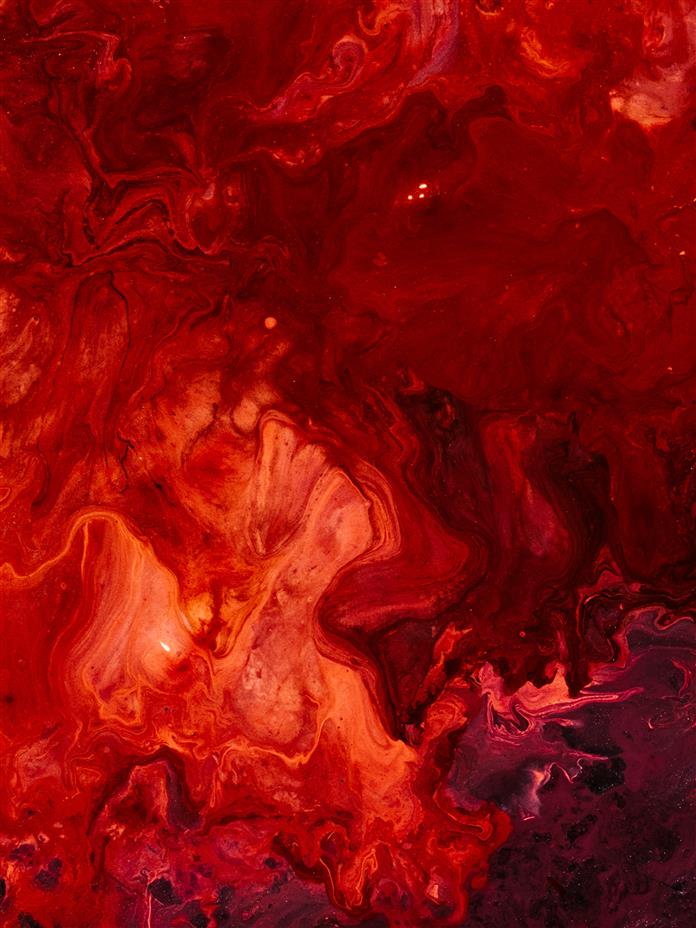
Another effective treatment for bleeding piles is mango seeds. You have to make a fine powder of dried mango seeds, which can be taken alone or mixed with honey. This powder can be stored for a considerable period of time.
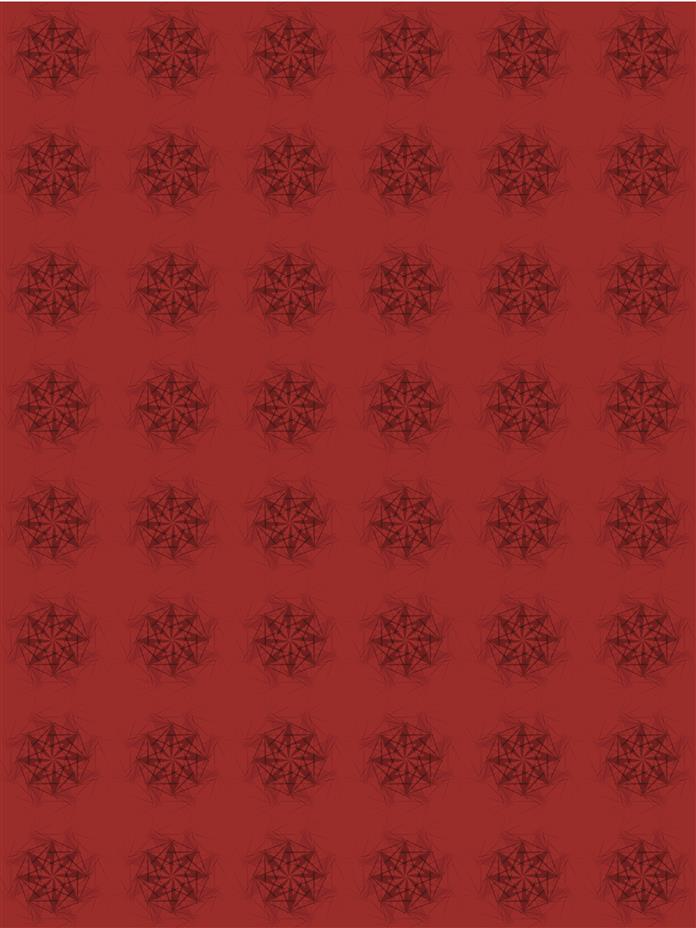
Aloe vera has been known to mankind for thousands of years for its medicinal and healing properties. It can be applied topically on the inflamed and swollen hemorrhoids to ease the pain and itching. Similarly, yarrow can be applied topically on the hemorrhoids.

You can also apply a cumin paste on the hemorrhoids to reduce the pain and inflammation. On the other hand, a small amount of coriander juice mixed with sugar can be taken two to three times a day to cure piles.

Some other natural remedies for hemorrhoids are, buttermilk, turnip, spinach and carrot juice, jambul fruit, chebulic myrobalan, and papaya. Along with taking these remedies, you should drink plenty of water and increase the consumption of fiber-rich foods, like fruits and vegetables.

At the same time, one should exercise regularly and avoid spicy, fried, and oily food. It is better to consume easily digestible food, if you are suffering from hemorrhoids.
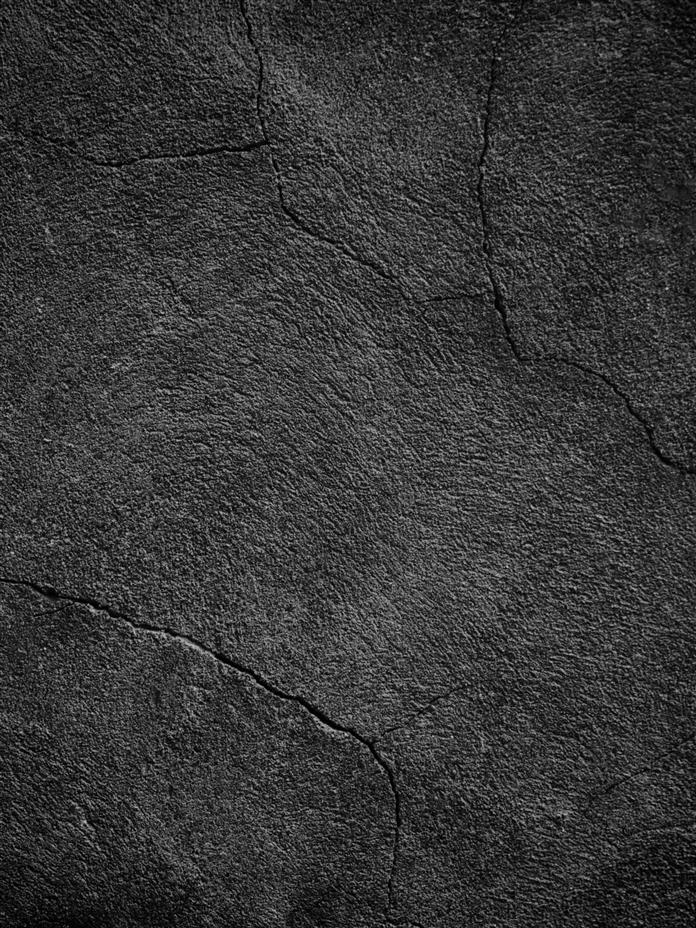
It may take time to get relief from the pain and discomfort caused by hemorrhoids. Severe piles may require medical intervention along with the aforementioned home treatments. Generally, laxatives and hemorrhoidal and cortisone creams are recommended for the treatment of piles.
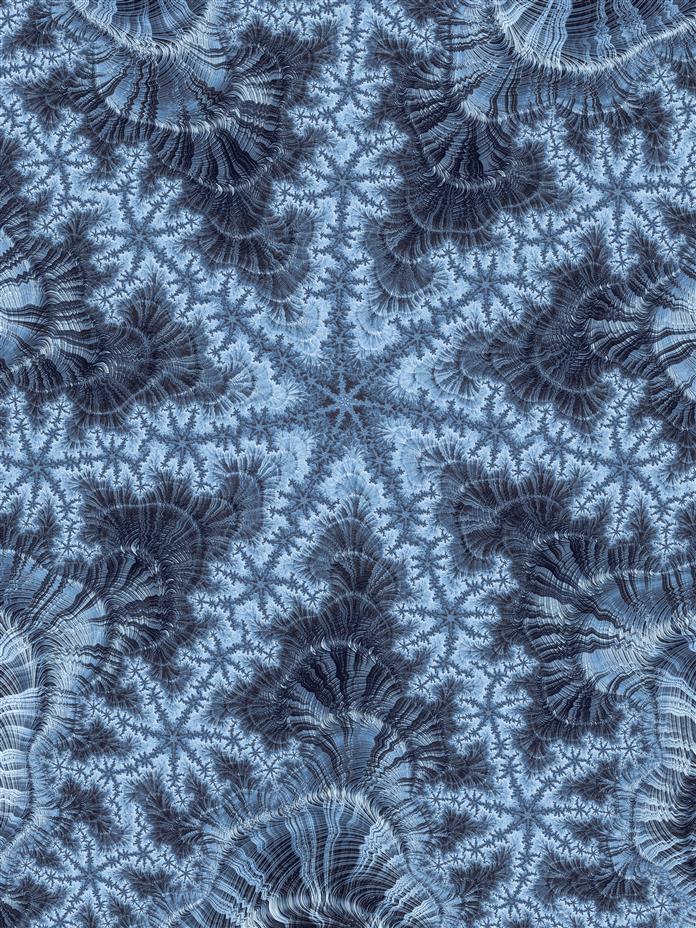
If these measures fail to provide relief, then other treatment options like rubber band ligation, sclerotherapy, laser coagulation, and surgery may be required. Therefore, if hemorrhoids do not heal even after taking the natural remedies, it is better to consult a physician.
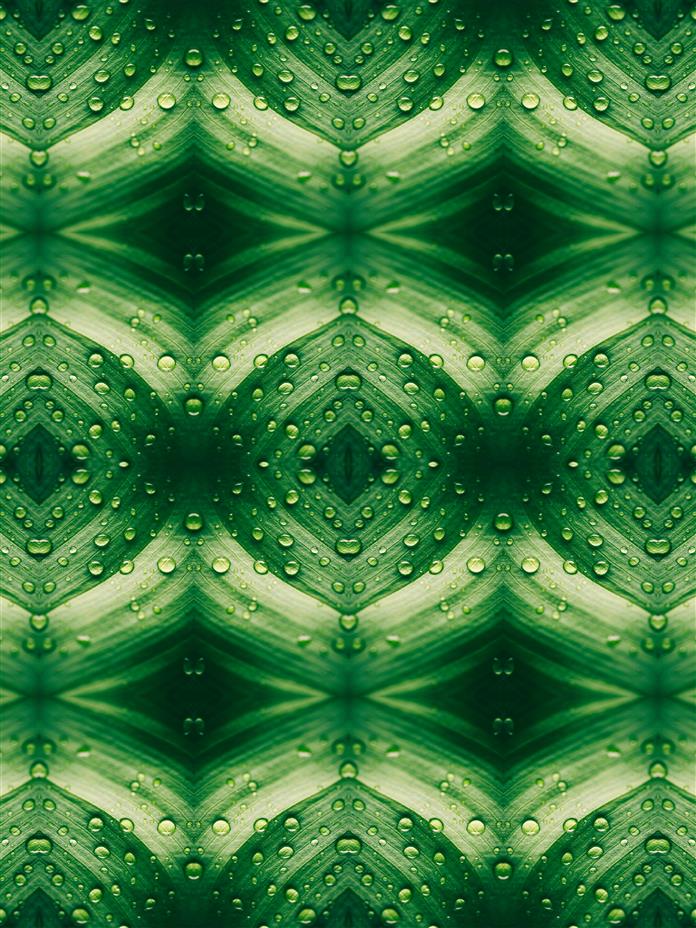
Disclaimer: This story is for informative purposes only, and should not be treated as a substitute for professional medical advice.